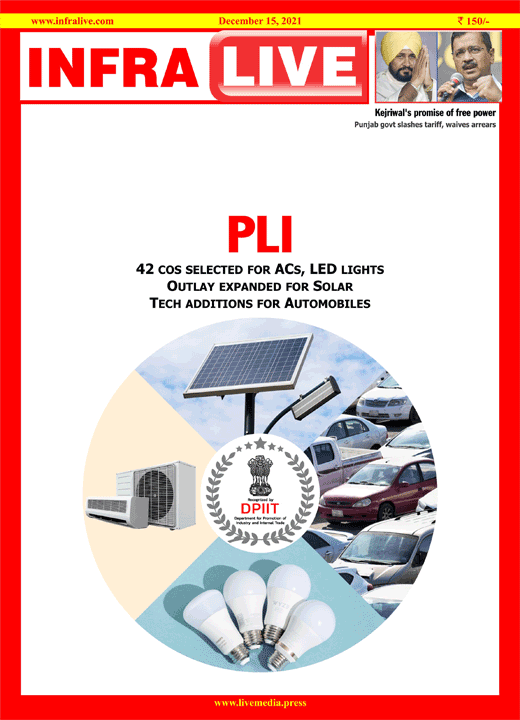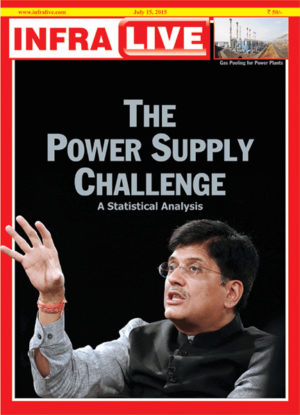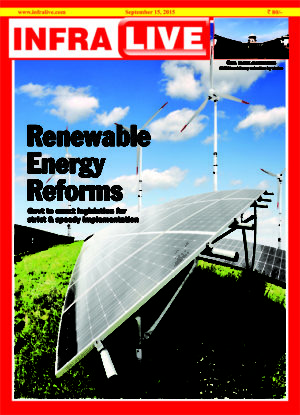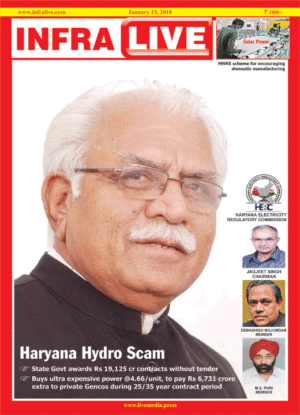Government’s Production Linked Incentive (PLI) scheme announced under PM’s Atmanirbhar Bharat directive is seeing huge gains in the power sector and fields aligned to it. While manufacturers will get incentives for their investments in production facilities, India will gain from an expanded manufacturing portfolio, accretion of capacities and job growth. A total of 13 key sectors with an outlay of Rs 197,291 crore is involved. The Department for Promotion of Industry & Internal Trade (DPIIT) is coordinating the implementation of all PLI Schemes.
Outlay for the renewables in power sector has been increased significantly to Rs 19,500 crore, a big hike from the initially approved amount of Rs 4,500 crore. Solar panel manufacturing will see a big leap. Under earlier allocated amounts, selected companies had committed 12,000 MW of manufacturing capacities. MNRE has pointed out that if the PLI allocation is hiked further to Rs 24,000 crores then manufacturing commitment can go up to 54,809 MW. Solar power in India is heavily dependent on imports.
Nearly half of India’s installed renewable energy capacity is solar. To service COP26 announcements, the country has to install 500 GW of renewable energy capacity by 2030 and much of it is to come from solar plants. Hence, domestic capabilities are high priority.
Related segments in the White goods sector are also set to benefit from the scheme. These are mainly AC and LED manufacturers. 42 firms have been provisionally selected and they will put up investments of Rs 4,614 crore. The approved investments are estimated to directly generate net incremental production worth Rs 81,254 crore in the two segments and about 44,000 jobs. Similarly, investments are coming in to create capacities in CNG, LNG and 98 other high-tech areas related to Automobile PLI.
On the other hand, power is in the top slot in the freebie list of some parties wanting to avow voters in state elections. And it is leading to utter recklessness, the magnitude is such that it can derail the investment climate and knock off generation targets. A competitive spiral of zero tariff and populist politics in Punjab by AAP and the Congress is threatening the sector and creating huge risks. And if this contagion of terminating PPAs spreads across states, what would be left of contractual sanctity! And what impact would that have on the pace of rebalancing India’s energy mix! Already analysts are warning of the fallout that this freebie culture and politicization of power tariffs would have on private investments and India’s 500 GW target for renewable energy by 2030.




